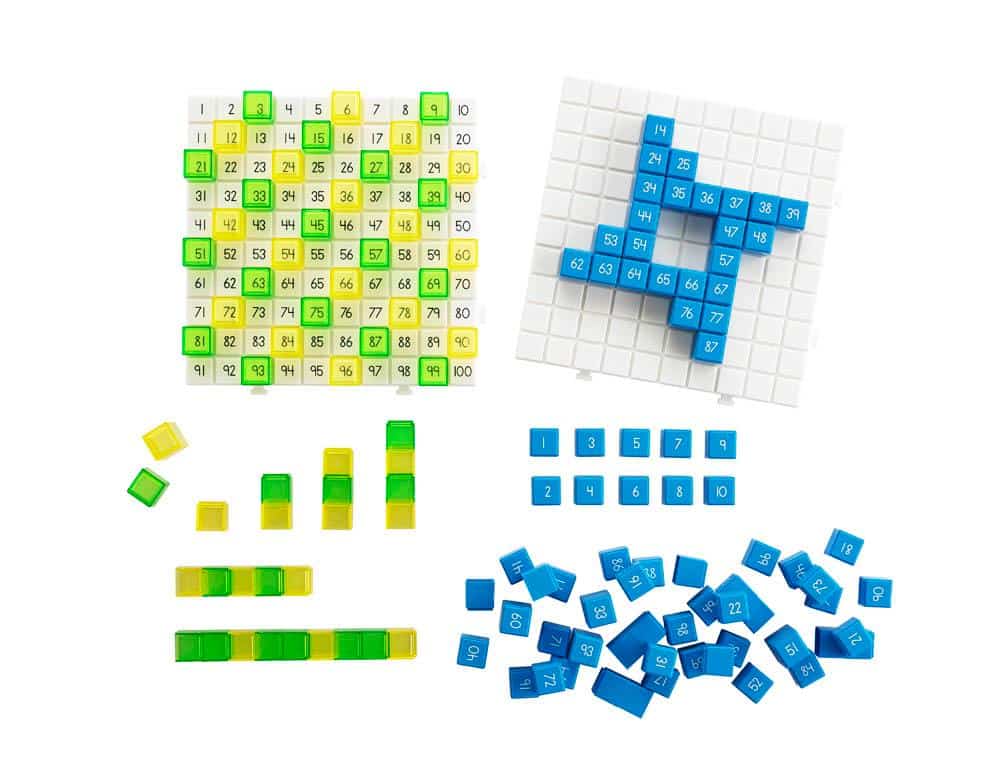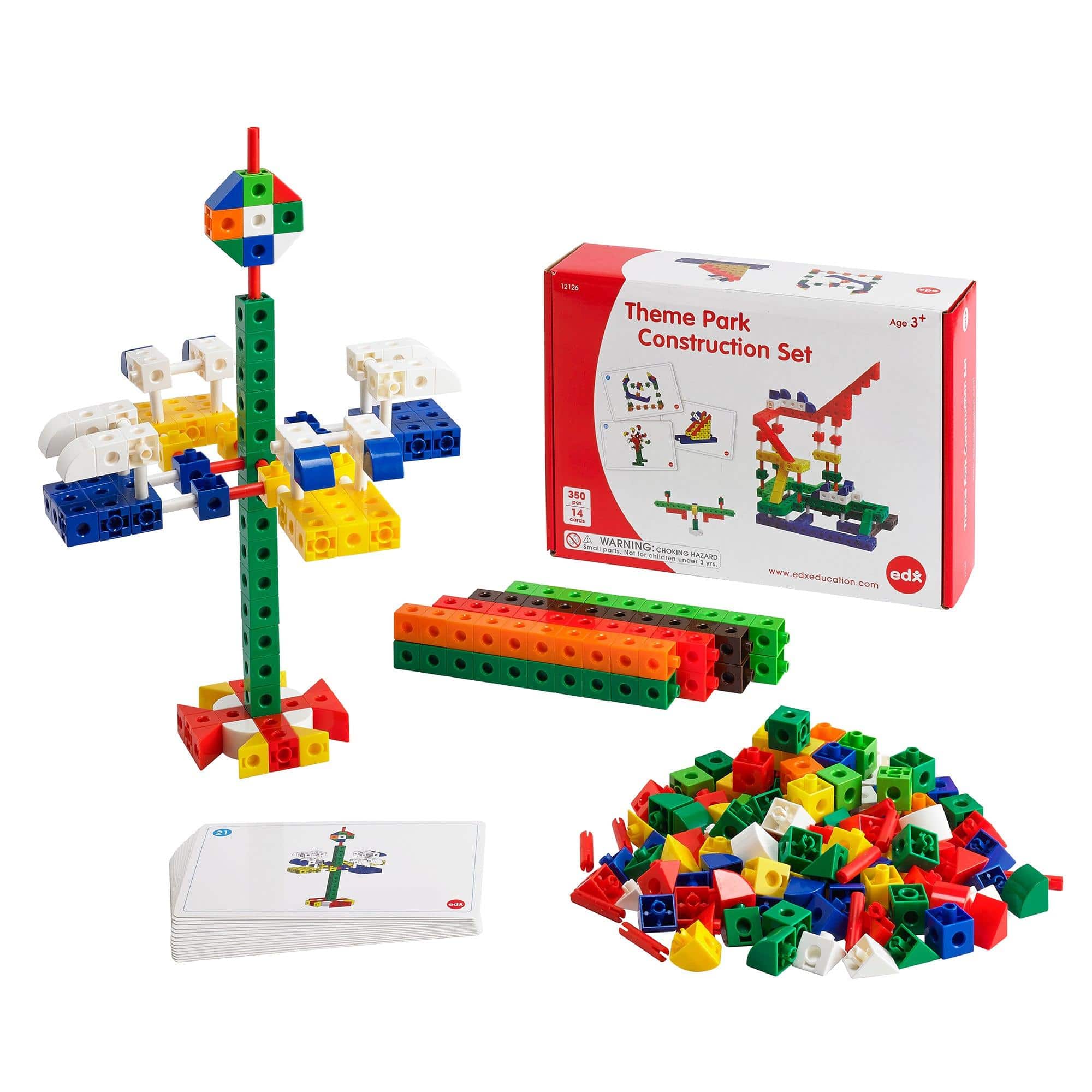The Psychology Behind Kids’ Fascination with Toy Robots
Introduction
Toy robots have been captivating children’s imagination for decades. From futuristic androids to adorable talking companions, these mechanical creatures have evolved over time to become more interactive and engaging. The appeal of toy robots goes beyond surface-level entertainment; there is a deeper psychological aspect that explains why kids are so fascinated with them. In this blog post, we explore the psychology behind kids’ fascination with toy robots.
The Role of Imagination
- Toy robots offer a blank canvas for children’s imagination to run wild.
- Kids can invent different scenarios and storylines, projecting their creative ideas onto these robotic companions.
- They can imagine their toy robots as loyal sidekicks, heroic protectors, or even villains to be conquered.
The Element of Control
- Toy robots give children a sense of control, allowing them to be in charge.
- Through remote controls or programmable features, kids can make their robots move, speak, and perform various actions.
- Having this control over their robotic friends helps children build confidence and assertiveness.
Emotional Bonding
- Kids often develop emotional connections with their toy robots.
- As these robotic companions respond to their interactions, children can feel a sense of companionship and friendship.
- They provide comfort and reassurance, especially in moments of solitude or when facing new experiences.
Learning Opportunities
- Toy robots offer an interactive learning experience.
- Children can develop problem-solving skills by figuring out how to make the robot perform certain tasks.
- Some toy robots even incorporate educational elements, teaching kids about technology, coding, and logical reasoning.
Enhancing Social Skills
- Toy robots can also help children improve their social skills.
- When playing with friends or siblings, kids can engage in cooperative play and learn to take turns.
- They can practice communication and negotiation skills as they interact with their robotic playmates.
Features of Toy Robots
- Motion and mobility: Many toy robots are designed to move, walk, or even dance, enhancing the sense of realism.
- Speech and sound effects: Robot companions that speak or make interesting noises add an interactive and immersive element to play.
- Sensors and responsiveness: Robots that react to touch, sound, or light can captivate children’s attention and trigger curiosity.
- Customization options: Toy robots with interchangeable parts or accessories allow children to personalize and create unique robot companions.
- Compatibility with technology: Some advanced toy robots can be operated through smartphones or tablets, offering seamless integration with modern devices.
Conclusion
The fascination kids have with toy robots is not merely a passing trend. It taps into the psychological aspects of creativity, control, emotional bonding, learning, and social development. As toy robots continue to evolve and incorporate more advanced features, their ability to captivate young minds will only grow stronger. So, next time you see a child engrossed in play with their toy robot, remember that there’s a lot more going on beneath the surface.


